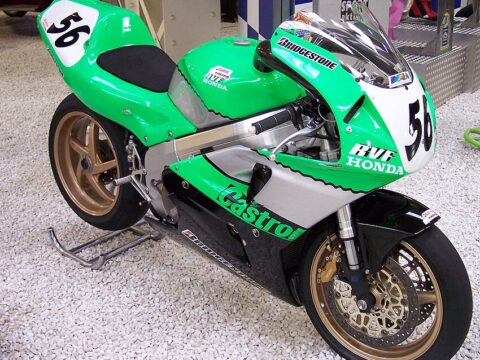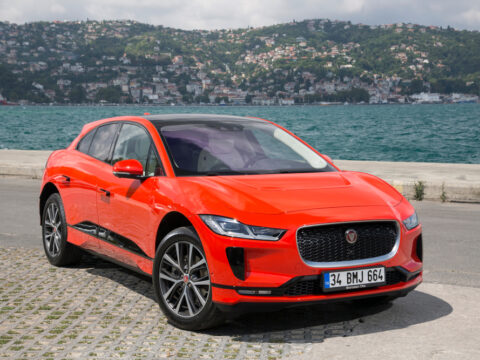Aviation history is filled with groundbreaking moments that have shaped the industry as we know it today. These historic firsts in aviation design introduced innovations that transformed how we think about flight, pushing the boundaries of technology and possibility. In this article, we’ll explore some of the most significant milestones in aviation design, from the first powered flight to the introduction of jet engines and beyond. Each of these pioneering achievements not only marked a step forward in engineering but also paved the way for the modern aircraft we rely on today.
Contents
Wright Flyer – First Powered, Controlled Flight (1903)
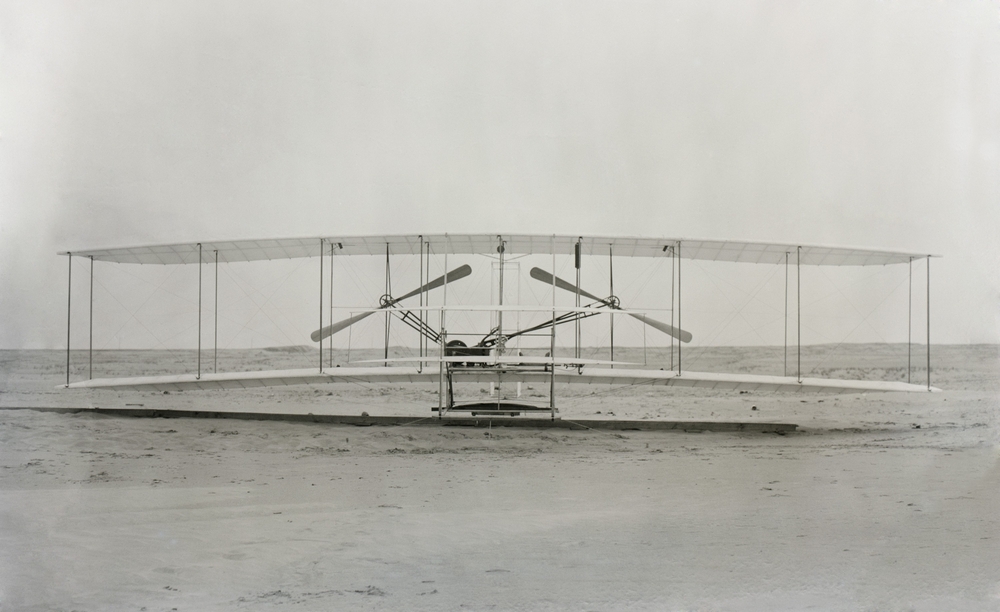
The Wright Flyer, designed and built by the Wright brothers, Orville and Wilbur, achieved the world’s first powered, controlled, and sustained flight on December 17, 1903. This historic event took place in Kitty Hawk, North Carolina, where the Wright Flyer flew for 12 seconds, covering a distance of 120 feet. The aircraft featured a unique design with a biplane structure, a rear-mounted pusher propeller, and a canard elevator for pitch control. The Wright brothers’ innovative approach to controlling flight through wing-warping and their development of a three-axis control system were crucial breakthroughs in aviation design. The success of the Wright Flyer marked the birth of modern aviation, paving the way for future advancements.
Douglas DC-3 – First Successful Commercial Airliner (1935)

The Douglas DC-3, introduced in 1935, revolutionized air travel and became the world’s first successful commercial airliner. Its design featured a low-wing monoplane structure, all-metal construction, and retractable landing gear, which provided improved aerodynamics and performance. The DC-3’s spacious cabin accommodated up to 21 passengers, offering a level of comfort and reliability previously unseen in commercial aviation. Powered by two radial engines, the DC-3 had a cruising speed of 207 mph and a range of 1,500 miles, making it ideal for longer routes. Its durability and versatility also made it a popular military transport during World War II. The DC-3’s success solidified the viability of commercial air travel and set the standard for future airliners.
Messerschmitt Me 262 – First Operational Jet-Powered Fighter (1944)
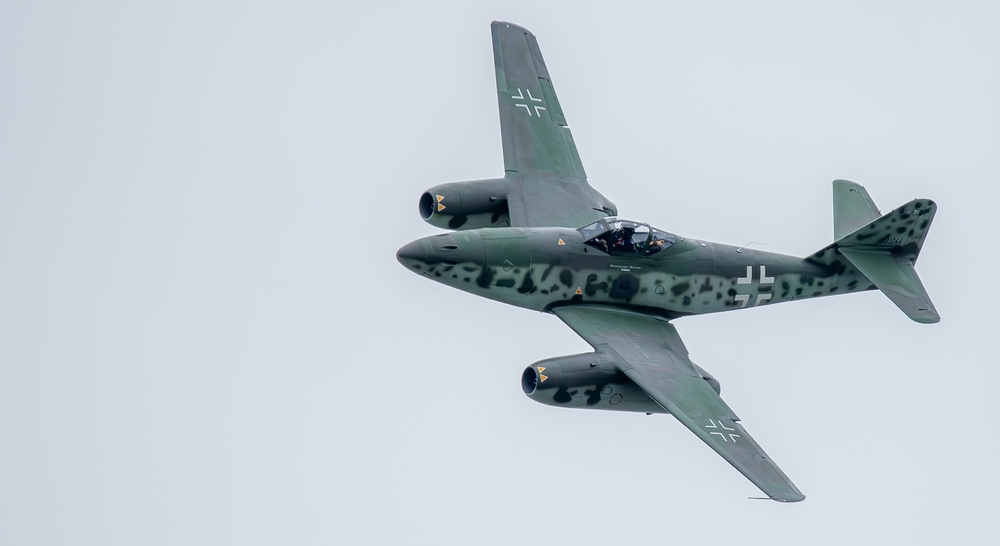
The Messerschmitt Me 262, introduced by Nazi Germany during World War II, was the world’s first operational jet-powered fighter aircraft. Powered by two Junkers Jumo 004 turbojet engines, the Me 262 could reach speeds of 540 mph, significantly faster than any Allied piston-engine fighter at the time. Its sleek design featured swept wings, an enclosed cockpit, and powerful armament, including four 30mm cannons and optional rocket launchers. The Me 262’s jet propulsion and advanced aerodynamics marked a significant leap in aviation technology, setting the stage for the development of modern jet fighters. Despite its late introduction in the war, the Me 262 demonstrated the potential of jet aircraft and influenced post-war aviation design.
Boeing 707 – First Successful Jet Airliner (1958)
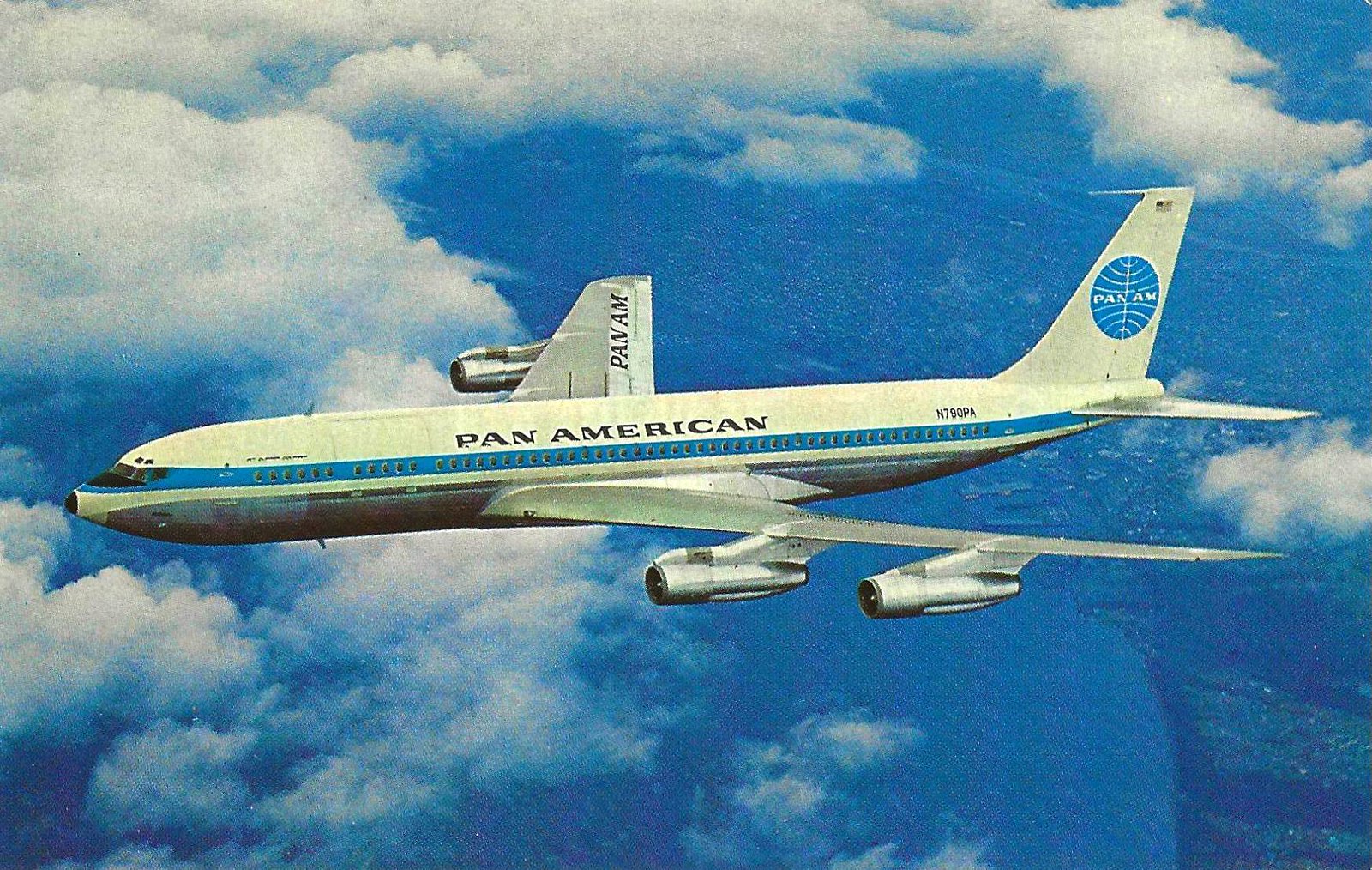
The Boeing 707, introduced in 1958, was the world’s first successful jet airliner, marking a new era in commercial aviation. Its design featured swept wings, four turbojet engines, and a pressurized cabin, which allowed for higher altitude flights and smoother, faster travel. The 707 could cruise at 600 mph and had a range of over 3,000 miles, making intercontinental travel more accessible and efficient. The introduction of the 707 revolutionized air travel, drastically reducing flight times and setting the standard for future jet airliners. The aircraft’s success established Boeing as a leader in the aviation industry and helped popularize jet travel worldwide.
Concorde – First Supersonic Passenger Jet (1969)
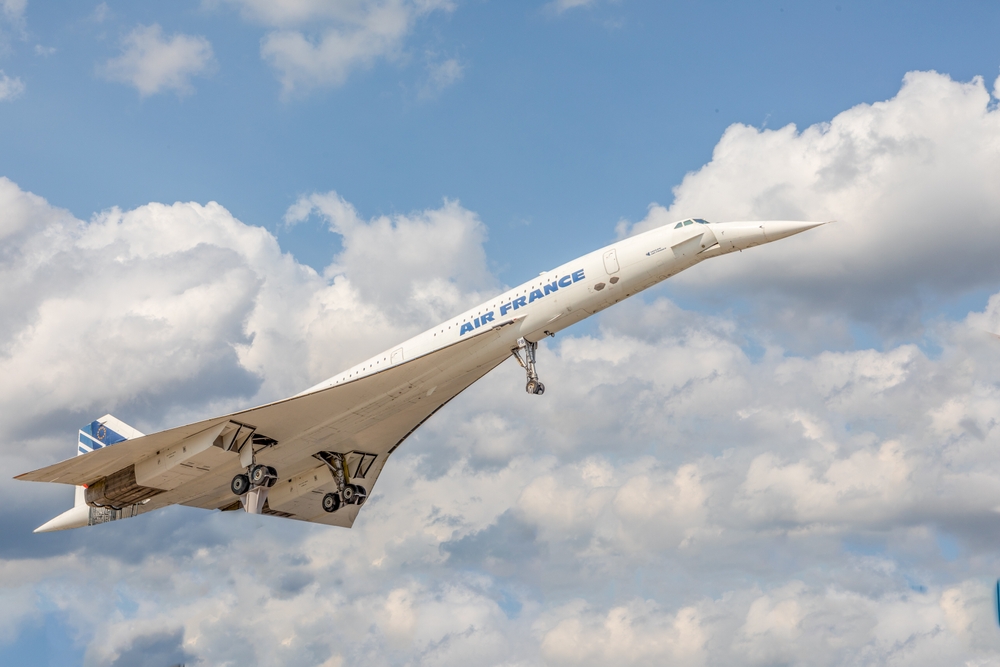
The Concorde, a joint venture between British and French aerospace companies, made history as the world’s first supersonic passenger jet when it first flew in 1969. The Concorde could cruise at Mach 2.04 (over twice the speed of sound), reducing transatlantic flight times to just three and a half hours. Its sleek design featured a delta wing, droop nose for improved visibility during takeoff and landing, and afterburning turbojet engines that enabled supersonic speeds. Despite its high operating costs and limited passenger capacity, the Concorde was a symbol of technological achievement and luxury. It operated commercially from 1976 until 2003, demonstrating the feasibility of supersonic flight for passenger travel.
Boeing 747 – First Jumbo Jet (1970)
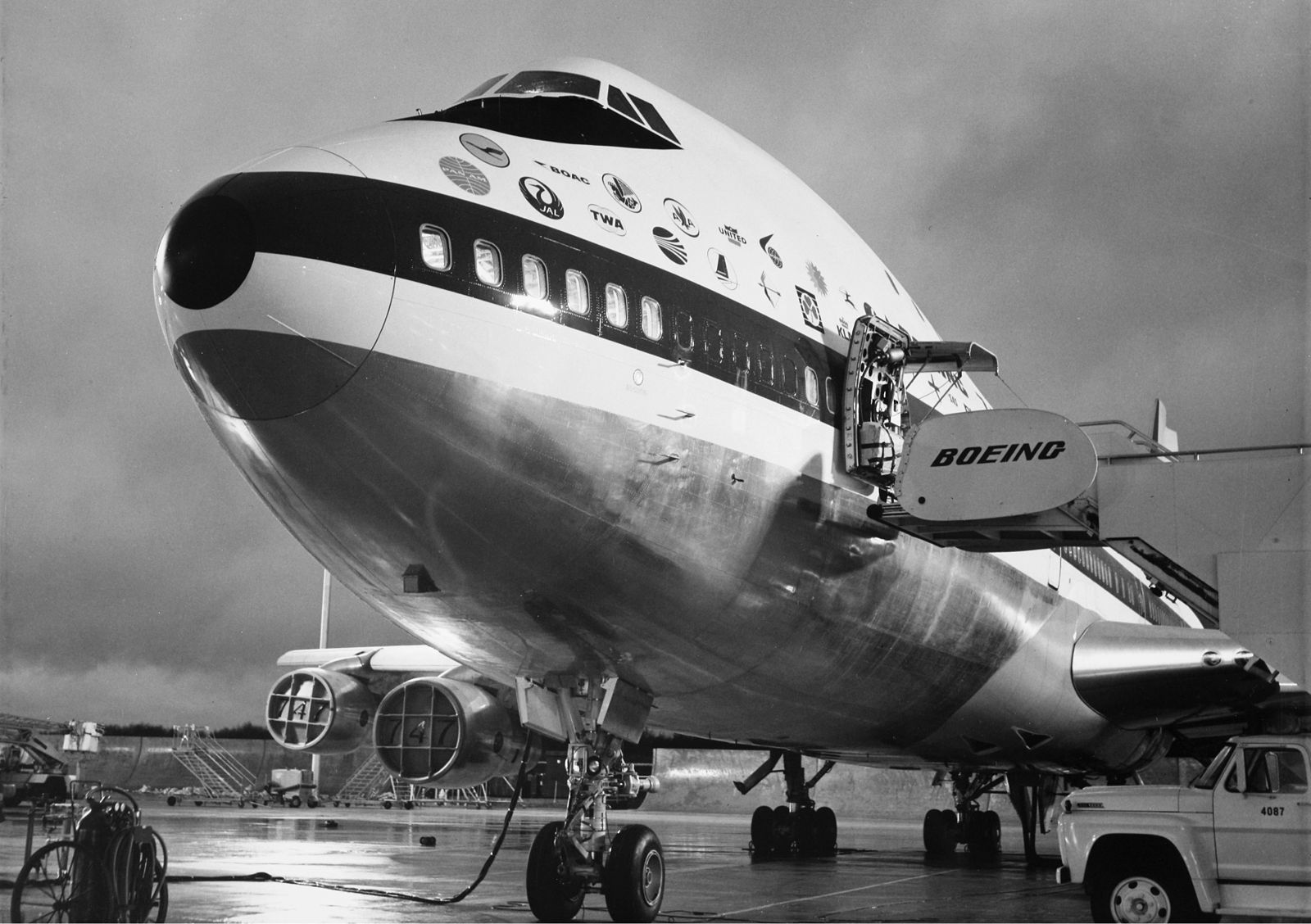
The Boeing 747, also known as the “Jumbo Jet,” was introduced in 1970 and became the world’s first wide-body, long-haul jet airliner. Its distinctive humpbacked fuselage, featuring a two-deck configuration, allowed it to carry up to 660 passengers, making it the largest commercial aircraft at the time. The 747’s design included four high-bypass turbofan engines, which provided greater fuel efficiency and longer range, enabling non-stop flights between continents. The introduction of the 747 revolutionized air travel by making it more accessible and affordable for millions of passengers. Its enormous capacity and range set the standard for future wide-body aircraft and established the 747 as an iconic symbol of global aviation.
Lockheed SR-71 Blackbird – First Stealth Aircraft (1966)
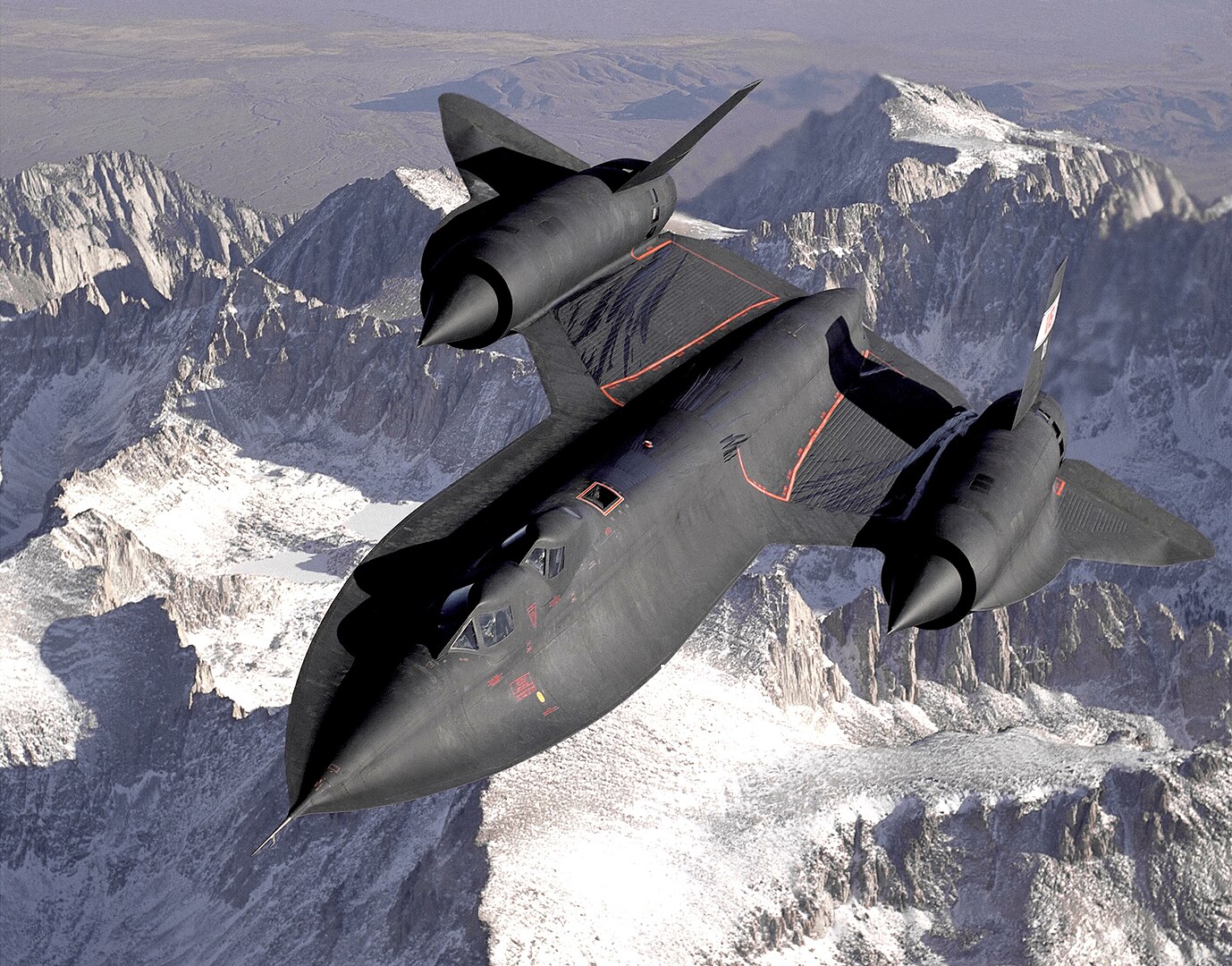
The Lockheed SR-71 Blackbird, introduced in 1966, was the world’s first operational stealth aircraft and the fastest air-breathing manned aircraft ever built. Designed for reconnaissance missions, the SR-71 could fly at speeds of over Mach 3 and altitudes above 85,000 feet, making it virtually immune to interception. Its sleek, futuristic design featured a long, pointed fuselage, canted vertical stabilizers, and chines that improved lift and stability at high speeds. The SR-71’s radar-absorbing materials and minimal radar cross-section made it difficult for enemy radar to detect, pioneering stealth technology. The Blackbird’s advanced design and performance remain unmatched, and it played a crucial role in Cold War intelligence gathering.
Airbus A380 – First Full Double-Decker Airliner (2005)

The Airbus A380, introduced in 2005, is the world’s largest commercial airliner and the first full double-decker aircraft. Its design features a wide-body fuselage with two full-length passenger decks, capable of carrying up to 850 passengers in an all-economy configuration. The A380 is powered by four high-bypass turbofan engines and has a range of 8,000 nautical miles, allowing it to serve long-haul routes efficiently. The aircraft’s advanced aerodynamics, including its wing design and materials, contribute to its fuel efficiency and reduced environmental impact. The A380’s introduction marked a significant milestone in aviation design, offering unprecedented capacity and comfort for passengers on long-haul flights.
Bell X-1 – First Supersonic Flight (1947)

The Bell X-1 was an experimental rocket-powered aircraft that made history on October 14, 1947, when U.S. Air Force Captain Chuck Yeager became the first person to break the sound barrier. The X-1 was designed with a bullet-shaped fuselage and thin wings to minimize aerodynamic drag and withstand the stresses of supersonic flight. Powered by a liquid-fueled rocket engine, the X-1 reached a top speed of Mach 1.06 (about 700 mph) at an altitude of 45,000 feet. This achievement marked a significant milestone in aviation, proving that controlled supersonic flight was possible and paving the way for future advancements in high-speed aircraft design.
Lockheed F-117 Nighthawk – First Operational Stealth Fighter (1983)
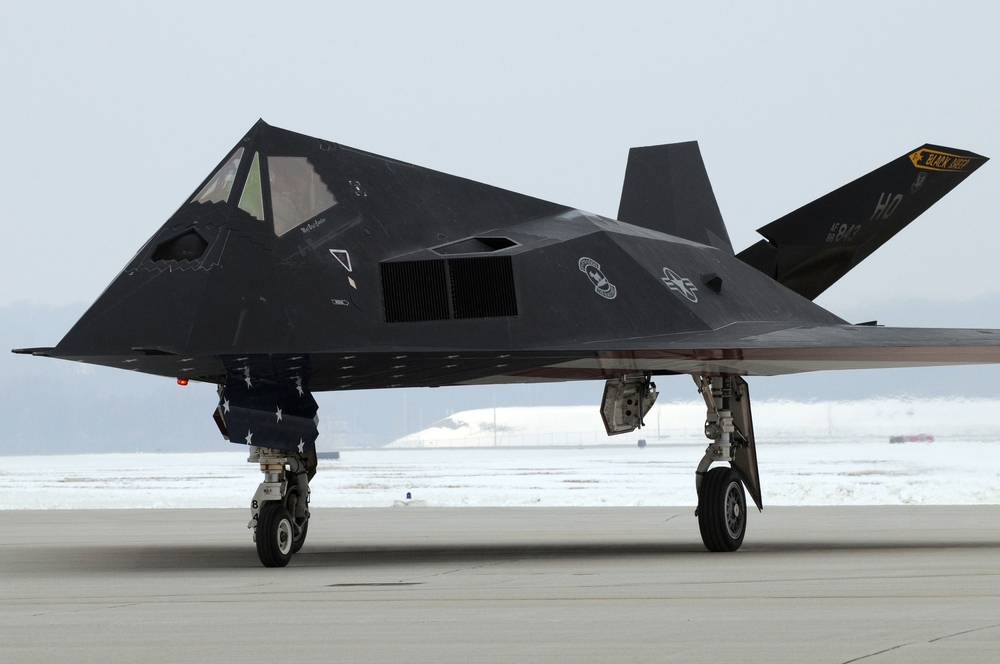
The Lockheed F-117 Nighthawk, introduced in 1983, was the world’s first operational stealth fighter, designed to evade radar detection and conduct precision strikes. Its angular, faceted design, which resembled a flying diamond, was optimized to reflect radar waves away from the source, minimizing its radar cross-section. The F-117’s stealth capabilities were further enhanced by radar-absorbing materials and advanced avionics. Despite its unconventional appearance, the F-117 proved highly effective in combat, particularly during the Gulf War, where it played a key role in the U.S. military’s air superiority. The Nighthawk’s introduction marked a new era in military aviation, demonstrating the effectiveness of stealth technology in modern warfare.
Northrop Grumman B-2 Spirit – First All-Wing Stealth Bomber (1989)
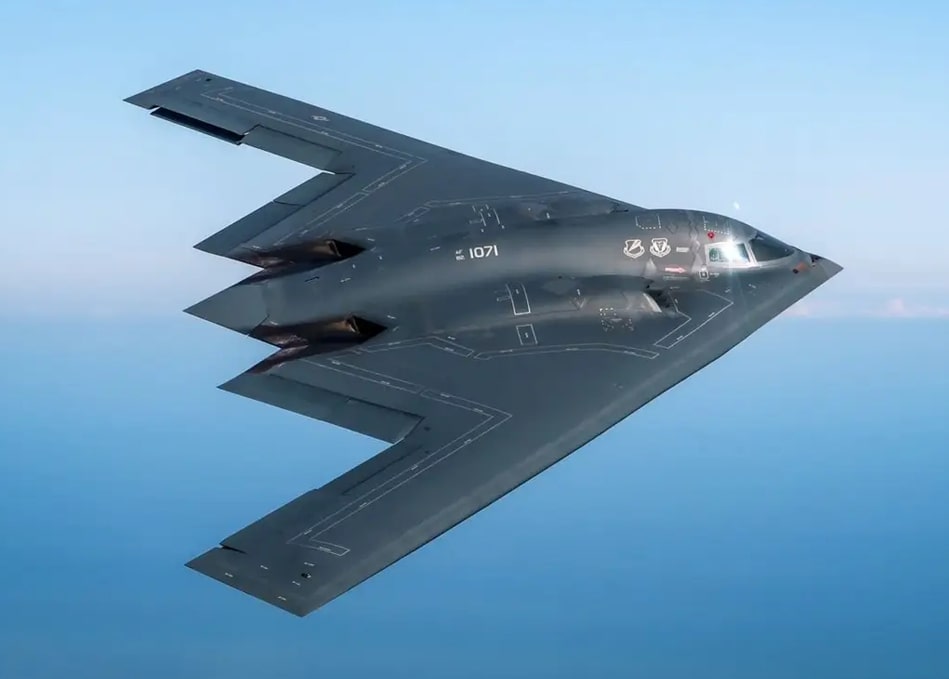
The Northrop Grumman B-2 Spirit, introduced in 1989, is the world’s first all-wing stealth bomber, designed to penetrate sophisticated enemy air defenses and deliver precision strikes. Its unique flying wing design, which lacks a traditional fuselage and tail, minimizes its radar cross-section, making it difficult for radar to detect. The B-2 is powered by four turbofan engines buried within the wing structure to reduce infrared and radar signatures. Its advanced avionics and stealth capabilities allow it to operate at high altitudes and deliver both conventional and nuclear weapons with pinpoint accuracy. The B-2 Spirit remains one of the most advanced and expensive aircraft ever built, symbolizing the pinnacle of stealth technology and strategic bombing capability.
Hawker Siddeley Harrier – First Operational VTOL Aircraft (1969)
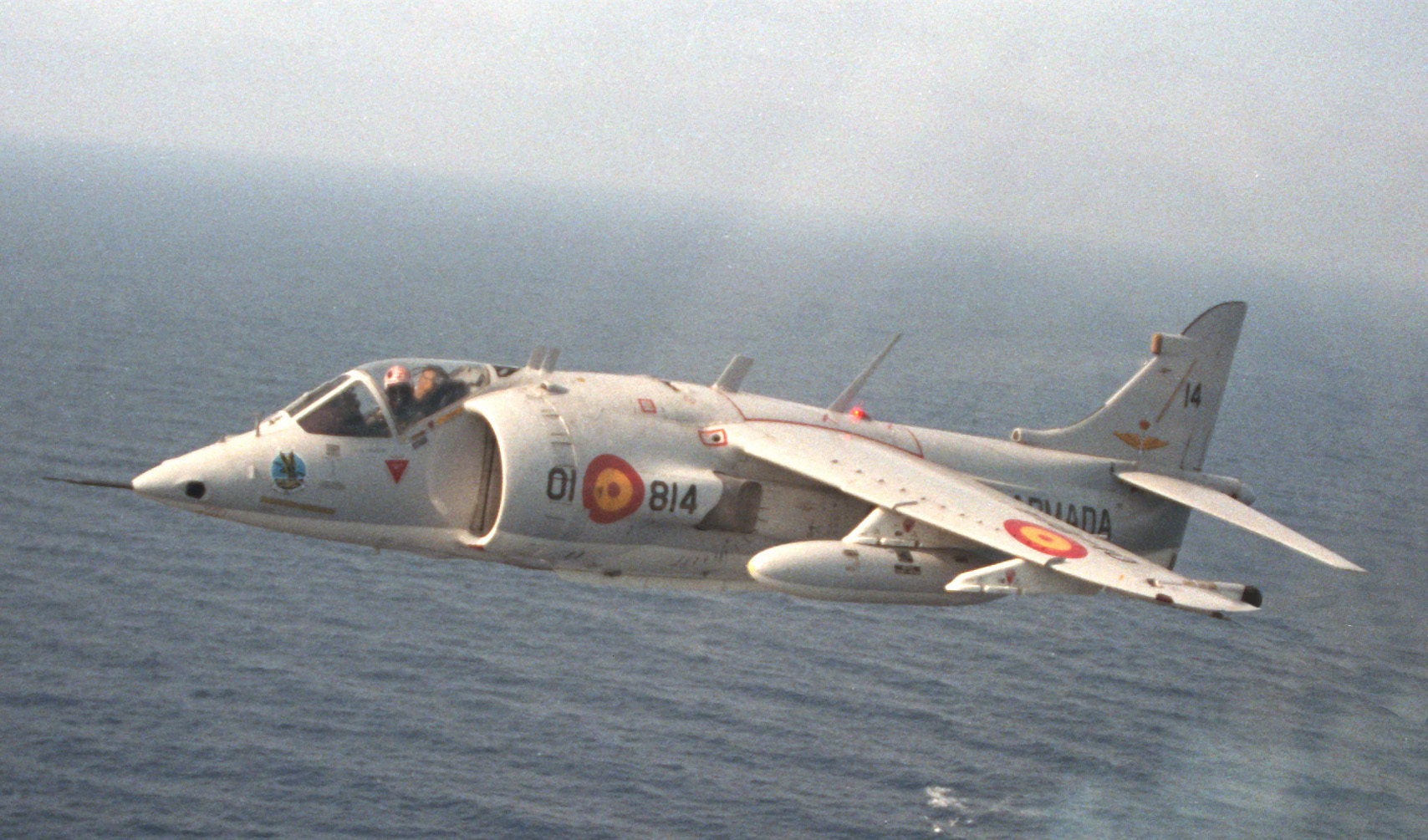
The Hawker Siddeley Harrier, introduced in 1969, was the world’s first operational vertical takeoff and landing (VTOL) aircraft. The Harrier’s design featured four vectoring nozzles that could direct the thrust from its single turbofan engine downward for vertical takeoff or forward for conventional flight. This unique capability allowed the Harrier to operate from short or unprepared runways, making it highly versatile in combat situations. The Harrier’s VTOL capabilities revolutionized military aviation by enabling operations in areas without traditional airfields. The aircraft saw extensive use in the Falklands War and other conflicts, proving the value of VTOL technology in modern warfare.
De Havilland Comet – First Jet-Powered Commercial Airliner (1952)
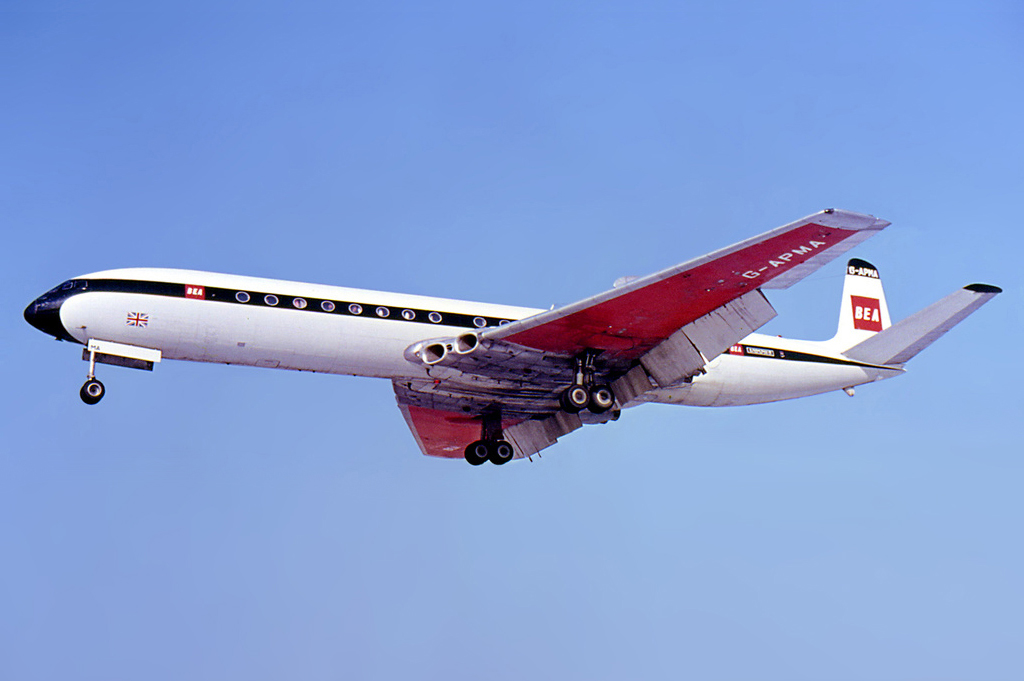
The De Havilland Comet, introduced in 1952, was the world’s first jet-powered commercial airliner, marking a major leap forward in aviation technology. The Comet’s design featured four jet engines embedded in its wings, a pressurized cabin, and large square windows, which allowed it to fly at higher altitudes and speeds than propeller-driven airliners. The aircraft’s sleek, modern design and quiet, smooth flight made it a favorite among passengers. However, early models of the Comet suffered from catastrophic structural failures due to metal fatigue, leading to several crashes. These incidents led to significant design changes and improvements in aircraft safety standards. Despite its initial setbacks, the Comet paved the way for the jet age, influencing the design of future commercial airliners.
Sikorsky VS-300 – First Practical Helicopter (1939)
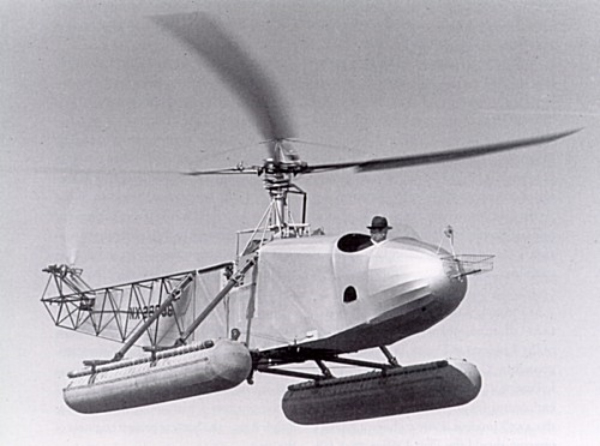
The Sikorsky VS-300, designed by Igor Sikorsky and first flown in 1939, was the world’s first practical helicopter, marking a significant milestone in vertical flight. The VS-300 featured a single main rotor for lift and a small tail rotor for stability, a configuration that became the standard for future helicopters. Unlike earlier designs, the VS-300 could hover, take off, and land vertically, making it highly versatile for various applications. The success of the VS-300 led to the development of the Sikorsky R-4, the first mass-produced helicopter, which saw extensive use during World War II. The VS-300’s innovative design laid the foundation for modern helicopter technology and revolutionized aviation by enabling vertical flight.
Grumman X-29 – First Forward-Swept Wing Aircraft (1984)
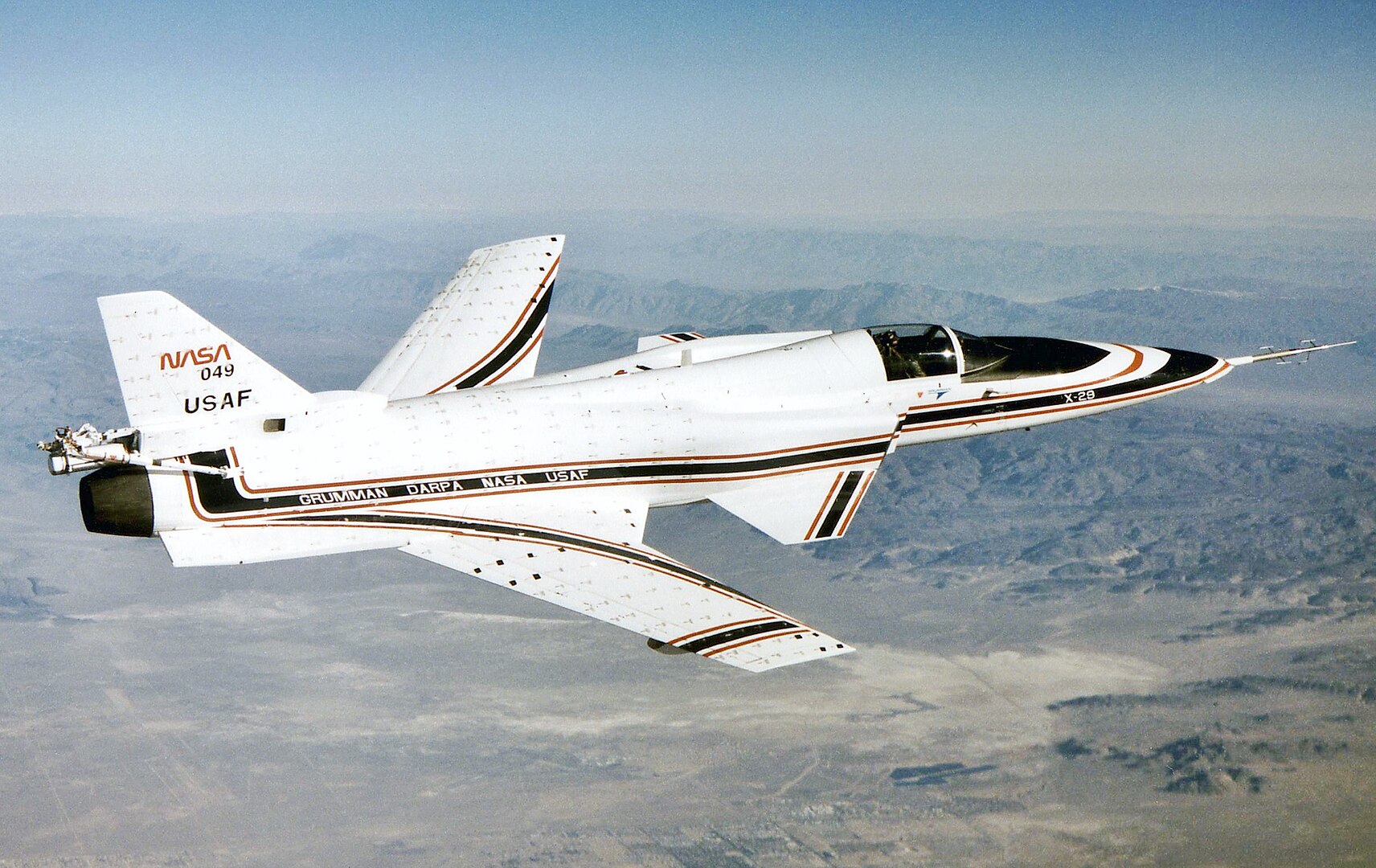
The Grumman X-29, first flown in 1984, was an experimental aircraft that featured forward-swept wings, a design that challenged conventional aerodynamics. The X-29’s wings were angled forward, rather than backward, which theoretically offered greater maneuverability and reduced drag. However, this design also made the aircraft inherently unstable, requiring advanced fly-by-wire technology and computerized control systems to keep it stable in flight. The X-29’s success demonstrated the potential advantages of forward-swept wing designs and contributed to the development of advanced control technologies. Although it never entered production, the X-29’s innovative design provided valuable insights into aircraft stability and control, influencing future aircraft development.
Vickers Vimy – First Nonstop Transatlantic Flight (1919)
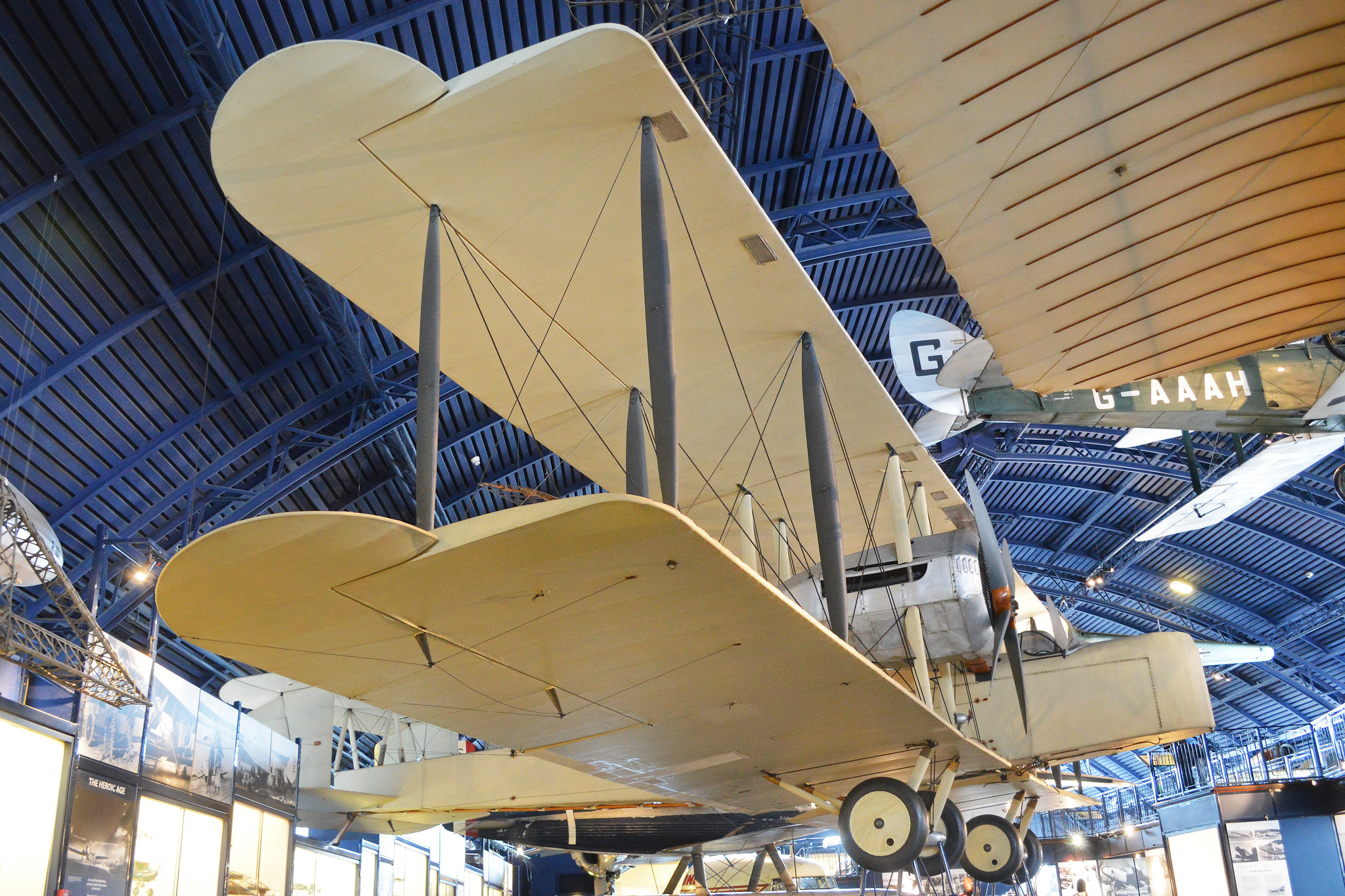
The Vickers Vimy, a British biplane bomber, made history on June 14-15, 1919, when Captain John Alcock and Lieutenant Arthur Whitten Brown completed the first nonstop transatlantic flight. The Vimy, powered by two Rolls-Royce Eagle engines, flew from St. John’s, Newfoundland, to Clifden, Ireland, covering a distance of approximately 1,890 miles in 16 hours and 12 minutes. The aircraft’s robust design, originally intended for military use, proved its reliability and endurance in the challenging conditions of transatlantic flight. This historic achievement demonstrated the feasibility of long-distance air travel and paved the way for future transatlantic aviation advancements.
Fairey Rotodyne – First Vertical Takeoff and Landing Airliner (1957)
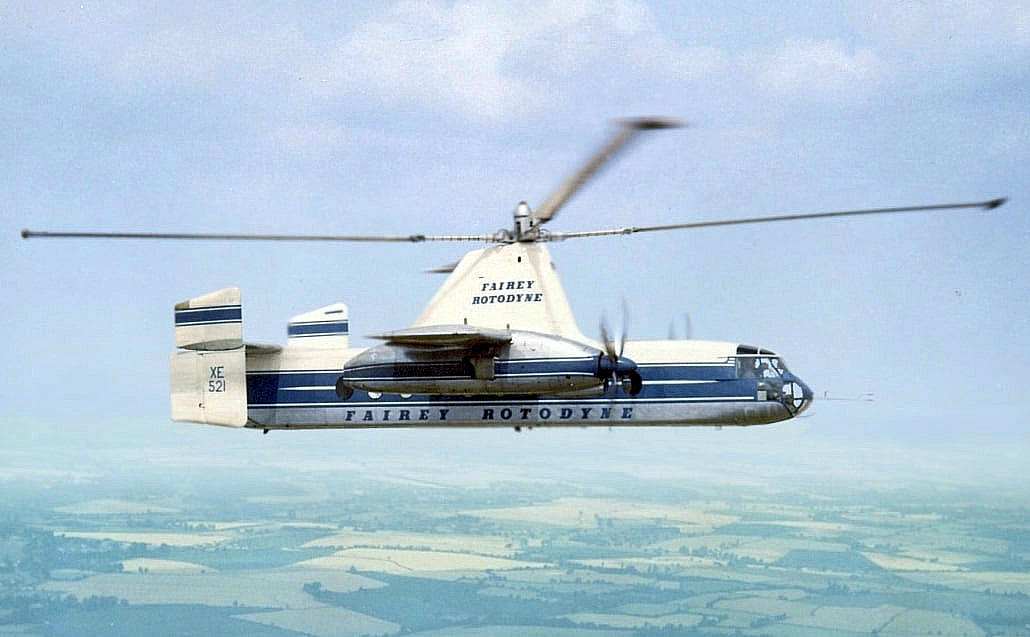
The Fairey Rotodyne, first flown in 1957, was the world’s first vertical takeoff and landing (VTOL) airliner, combining the capabilities of a helicopter with the speed and range of a fixed-wing aircraft. The Rotodyne featured a large, rotor-mounted propeller for vertical lift and conventional wings with turboprop engines for forward flight. This unique design allowed the Rotodyne to take off and land vertically, making it ideal for short-haul routes and operations in urban areas without the need for runways. Although the Rotodyne showed promise, it was ultimately canceled due to noise concerns and a lack of commercial interest. However, its innovative VTOL design influenced future aircraft development, particularly in the field of urban air mobility.
Boeing B-29 Superfortress – First Pressurized Bomber (1944)
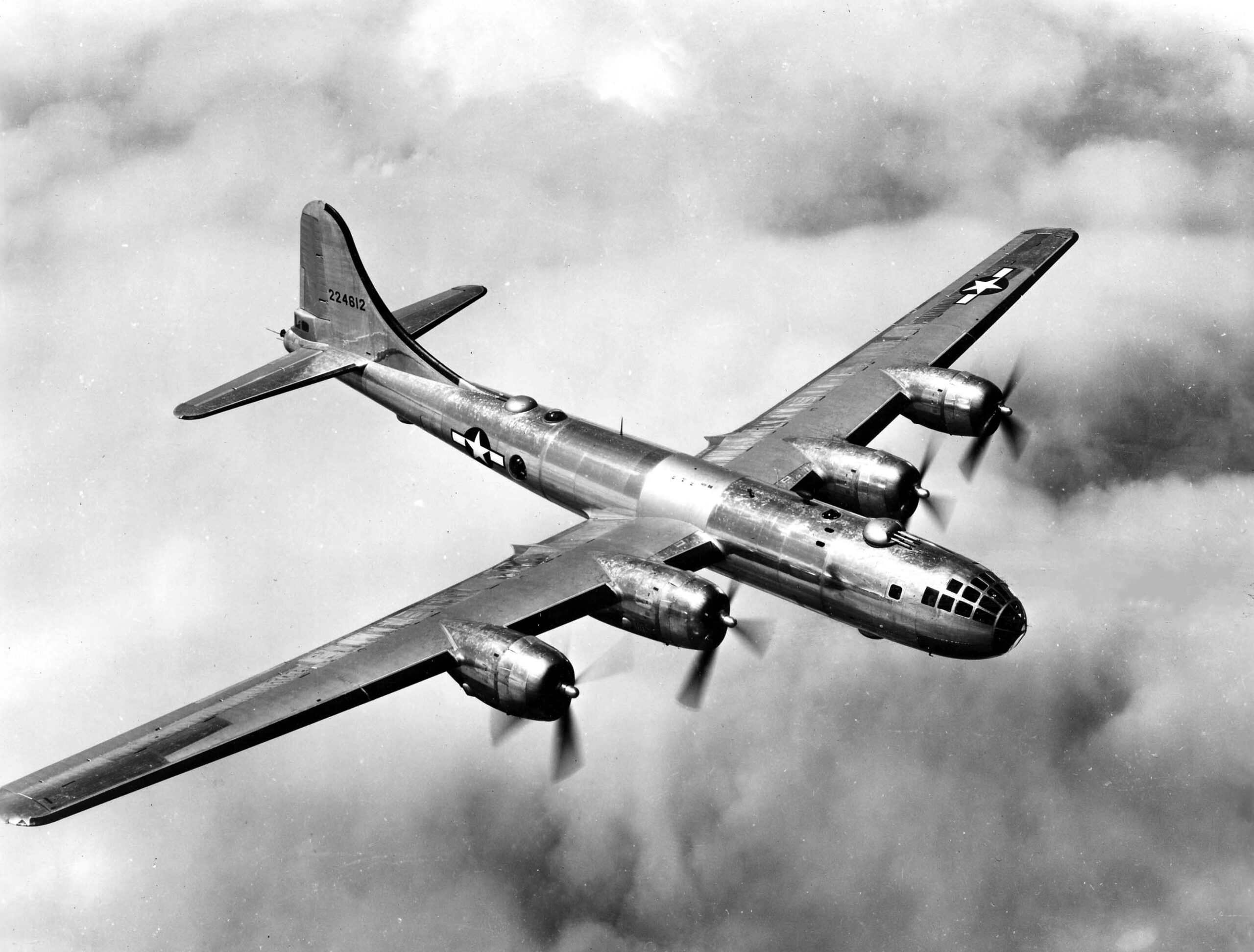
The Boeing B-29 Superfortress, introduced during World War II, was the world’s first pressurized bomber, allowing it to fly at altitudes above 30,000 feet where enemy fighters and anti-aircraft fire were less effective. The B-29’s design featured a fully pressurized crew compartment, which included the cockpit, a central bomb bay, and a rear crew area connected by a pressurized tunnel. This innovation enabled long-range missions in a more comfortable and safe environment for the crew. The B-29 also introduced advanced technologies, such as remote-controlled gun turrets and a tricycle landing gear. The aircraft played a crucial role in the Pacific Theater, including the dropping of atomic bombs on Hiroshima and Nagasaki, marking a significant advancement in bomber design.
McDonnell Douglas F-15 Eagle – First True Multirole Fighter (1972)
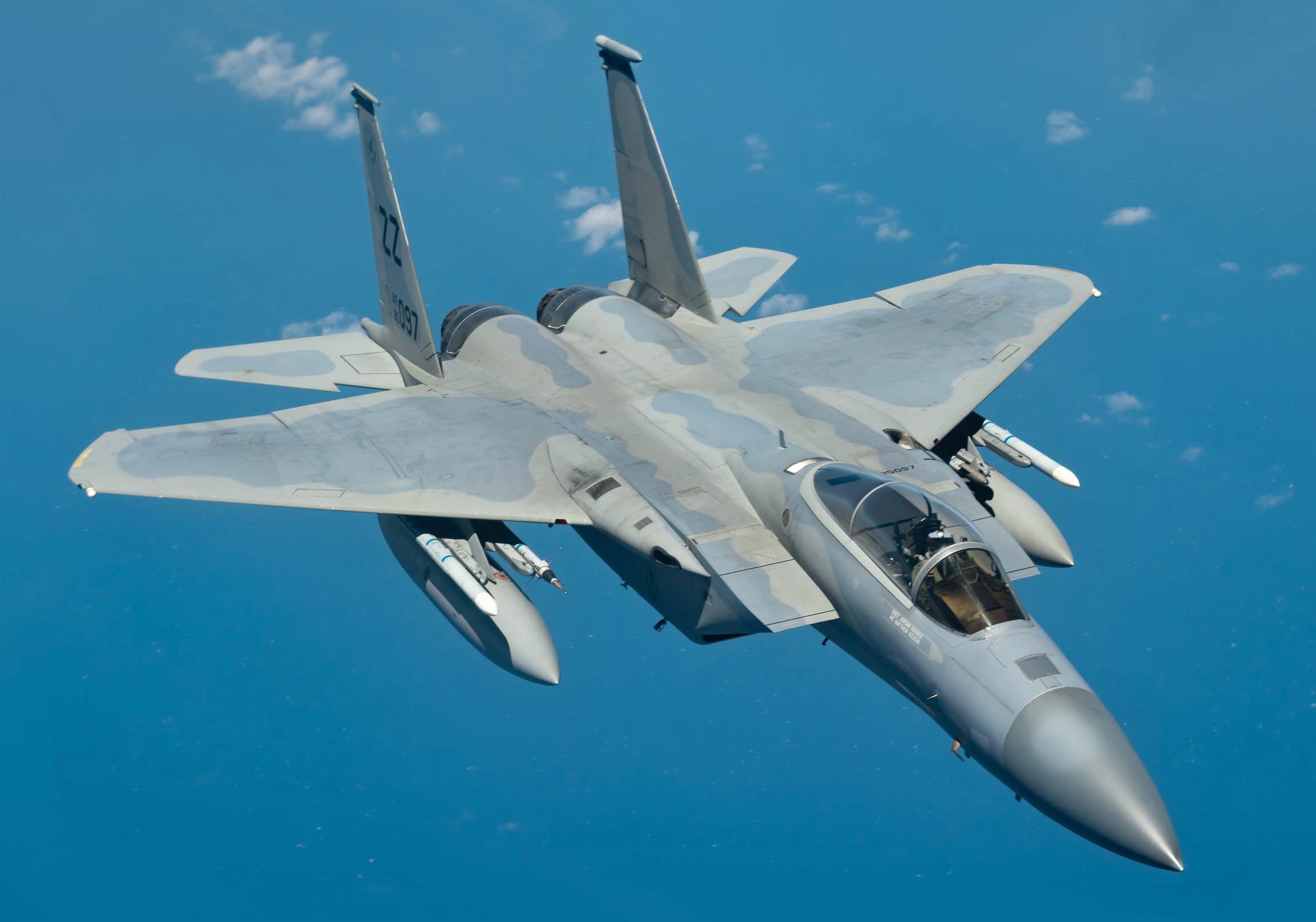
The McDonnell Douglas F-15 Eagle, introduced in 1972, was the world’s first true multirole fighter, designed to excel in both air superiority and ground-attack missions. The F-15’s design featured twin engines, a high thrust-to-weight ratio, and advanced avionics, allowing it to achieve unmatched speed, maneuverability, and combat effectiveness. The F-15’s versatility was demonstrated in its ability to carry a wide range of weapons, including air-to-air missiles, bombs, and ground-attack munitions. The aircraft’s design and performance set new standards for fighter jets and established the F-15 as one of the most successful and respected military aircraft in history, with a combat record of over 100 victories and zero losses.
North American P-51 Mustang – First Fighter with Long-Range Escort Capability (1940)
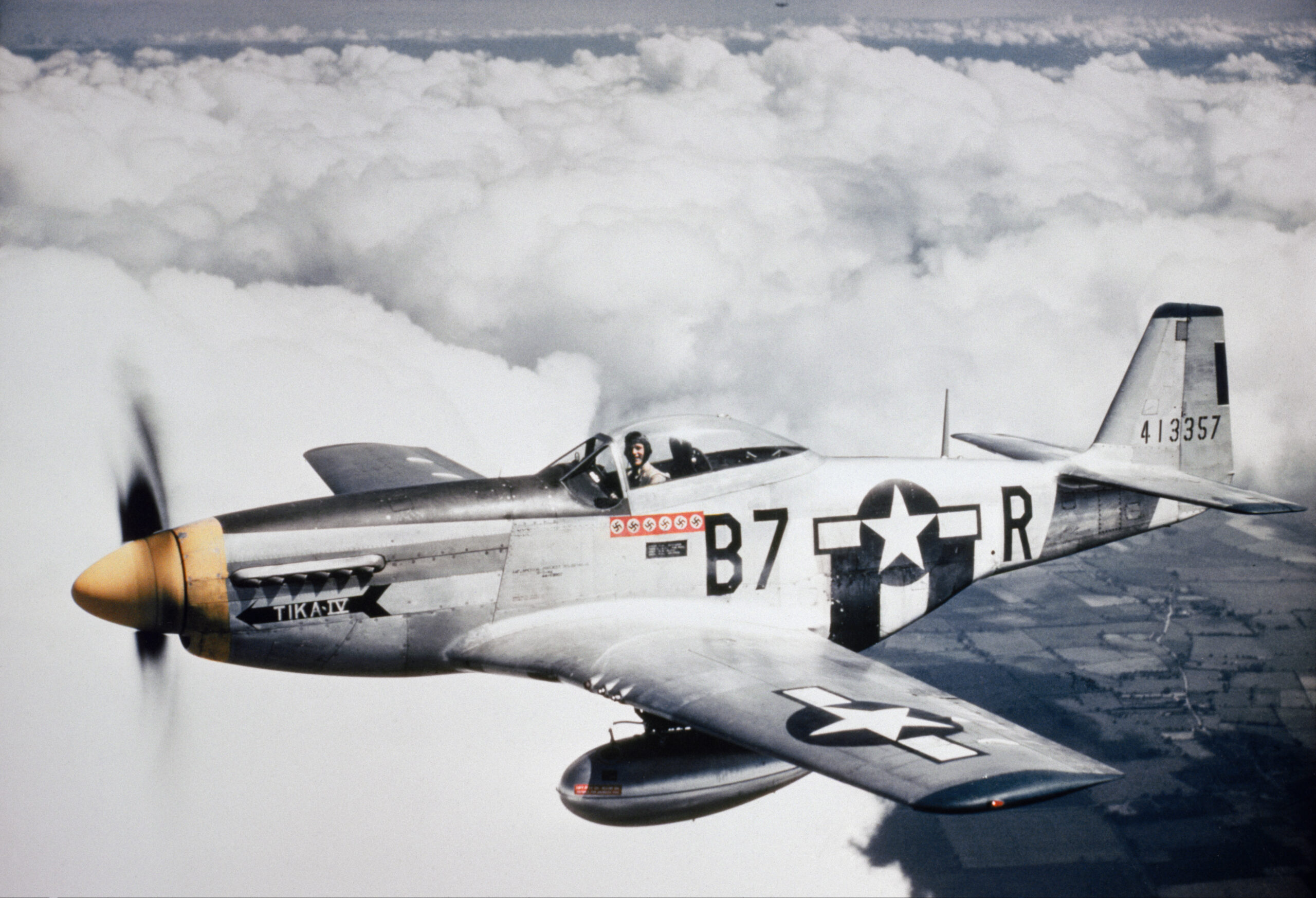
The North American P-51 Mustang, first flown in 1940, was the world’s first fighter aircraft capable of providing long-range escort to bombers during World War II. The P-51’s design featured a laminar flow wing and a powerful Rolls-Royce Merlin engine, which allowed it to achieve high speeds and extended range. The addition of external fuel tanks further increased its range, enabling the Mustang to escort Allied bombers deep into enemy territory and back. The P-51’s combination of speed, range, and firepower made it one of the most effective and iconic fighters of the war, playing a key role in securing air superiority over Europe.
Heinkel He 178 – First Jet-Powered Aircraft (1939)

The Heinkel He 178, developed by German engineer Ernst Heinkel, was the world’s first jet-powered aircraft, making its maiden flight on August 27, 1939. The He 178 was powered by a single HeS 3 turbojet engine, which provided a top speed of 435 mph, significantly faster than contemporary piston-engine aircraft. The aircraft’s design featured a streamlined fuselage, a retractable landing gear, and a tail-mounted engine. Although the He 178 was a proof-of-concept prototype and never entered production, its successful flight marked a turning point in aviation history, demonstrating the potential of jet propulsion and paving the way for the development of operational jet aircraft.
This article originally appeared in MyCarMakesNoise.
More from MyCarMakesNoise
20 Cruisers Designed for Riders of Any Skill Level

Cruiser motorcycles are a popular choice for riders of all skill levels, offering a blend of style, comfort, and performance. Whether you’re just starting your riding journey or you’re a seasoned veteran, the right cruiser can make all the difference. Read More.
20 Affordable Touring Motorcycles You Can Rely On
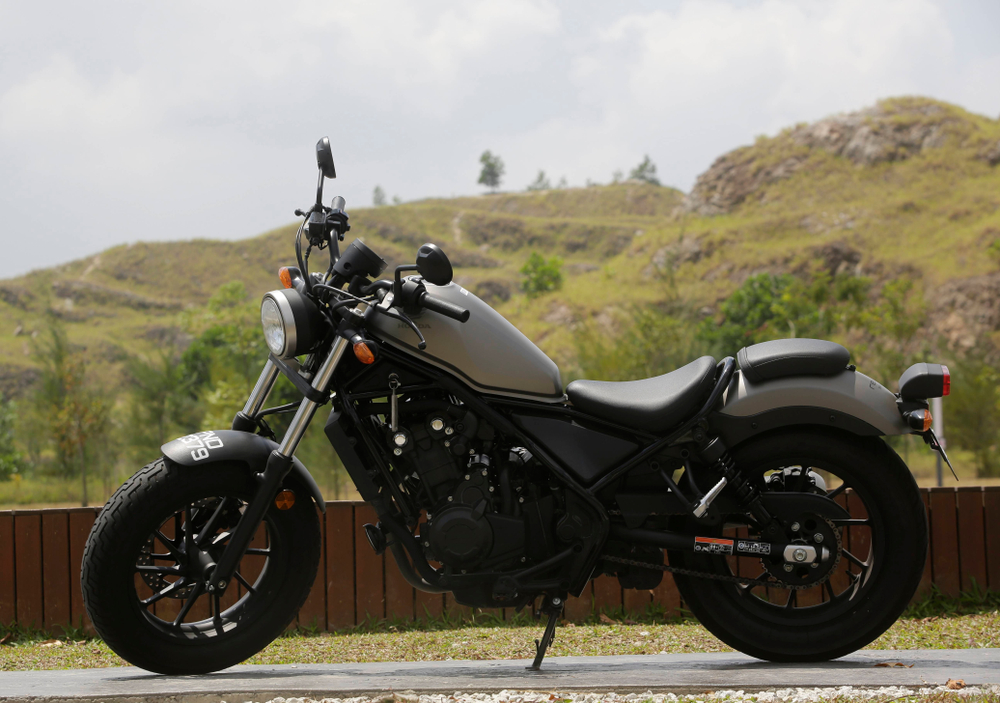
From sleek sportbikes to rugged adventurers, these bikes are meticulously chosen to enhance your travel experience while keeping costs manageable. Read More.
Unpacking the Strengths and Weaknesses of the F-35 Fighter
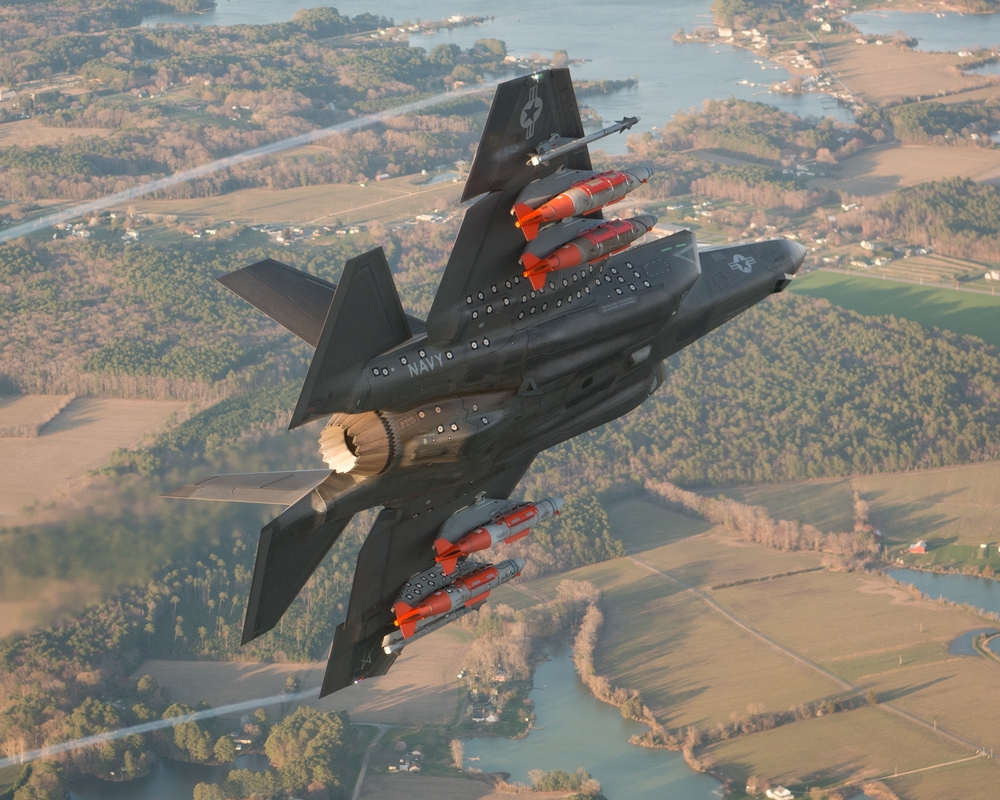
This exploration into its capabilities and limitations offers a comprehensive look at both the achievements and the areas needing improvement in this cutting-edge fighter. Read More.

